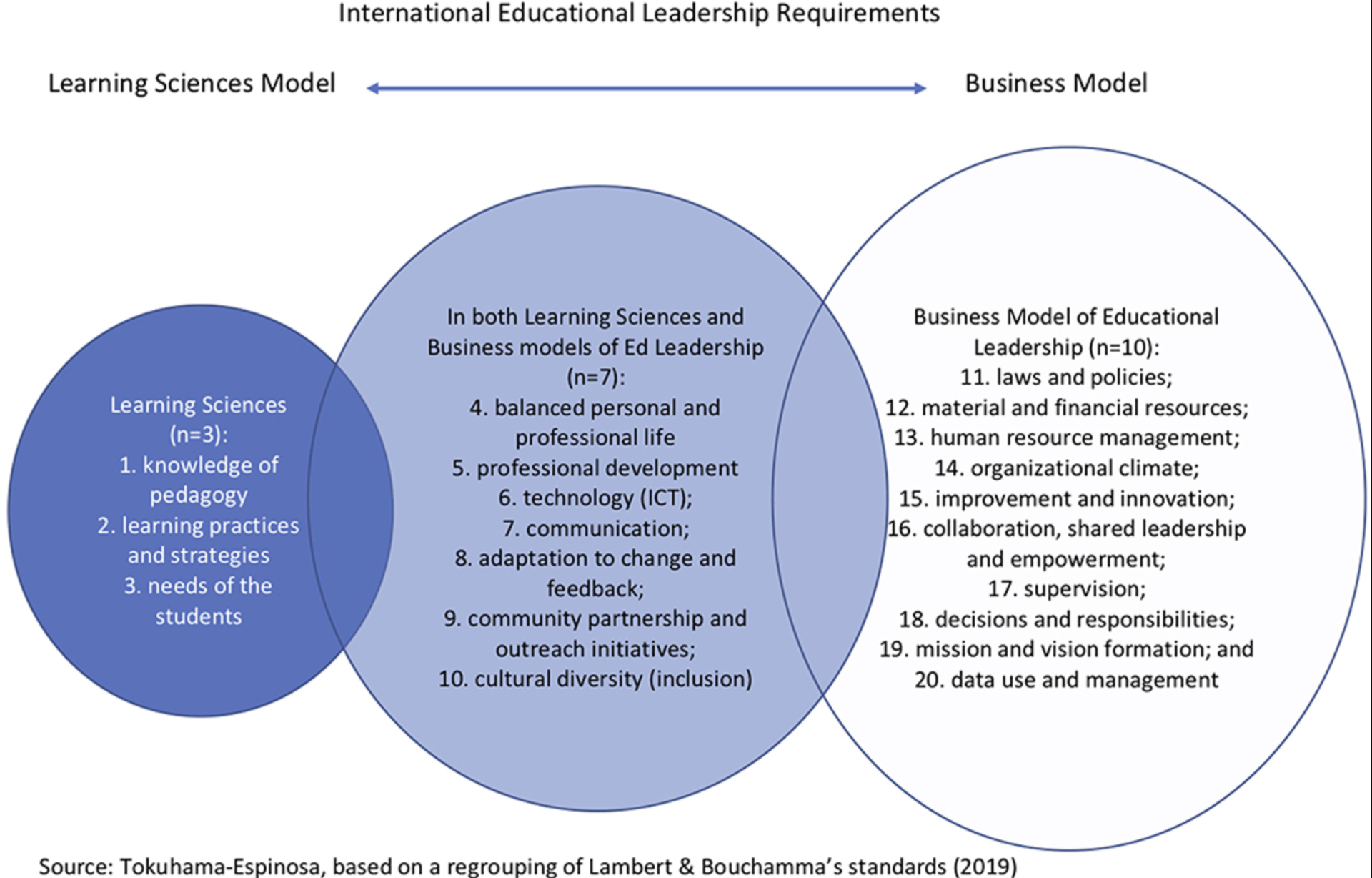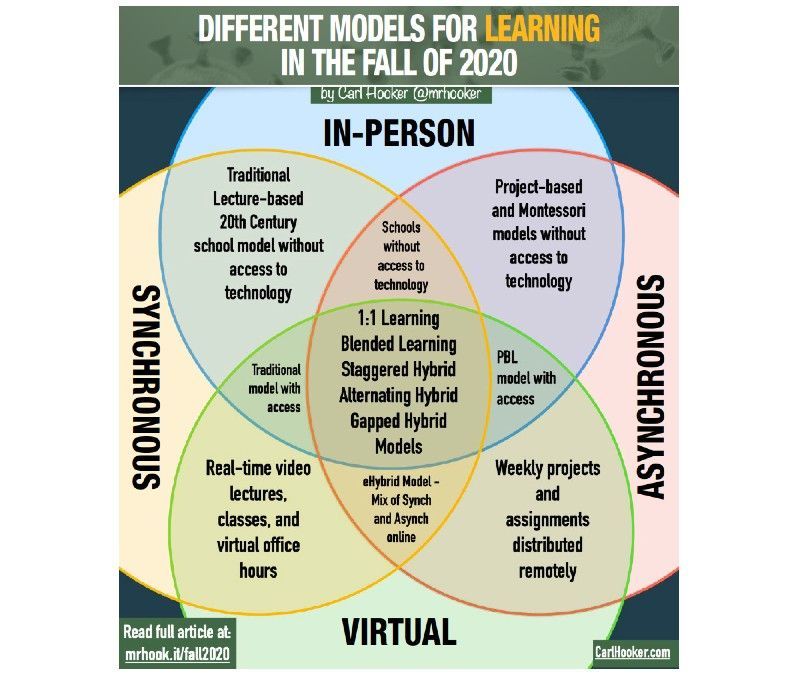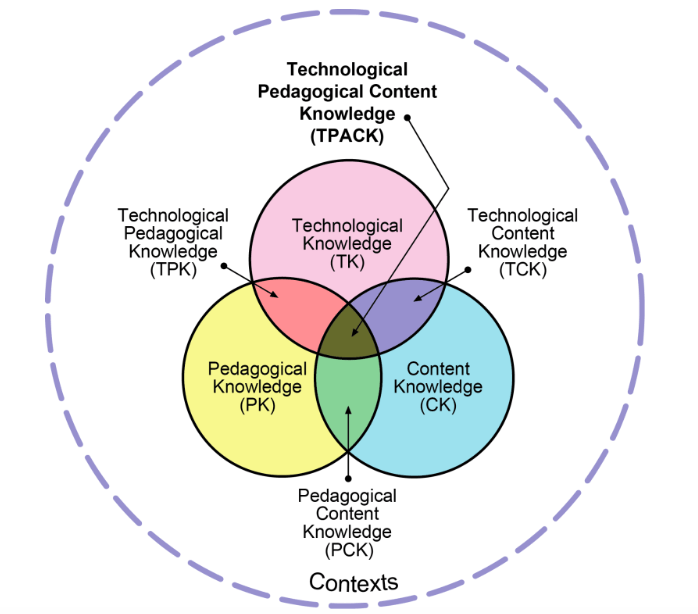LEARNER-CENTERED PEDAGOGY
Our 3-pronged approach to digital learning and teaching harmonizes learner-centered pedagogy, open educational resources, and leveraged last mile technologies.
Harmonizing our 3-pronged approach
School e-Readiness
Driven by more knowledge and information online, the future will belong to those who are powerful, literate, curious learners. Educators who are learners themselves must be able to help students develop the skills, literacies, and attitudes to be powerful, self-organized learners. Several frameworks that underpin learner -centered pedagogy are summarized here.
Learning Sciences
Learning sciences is an interdisciplinary field that studies teaching and learning. Learning scientists study learning in a variety of settings – not only the more formal learning of school classrooms, but also the more informal learning that takes place at home, on the job, and among peers. The goal of the learning sciences is to better understand the cognitive and social processes that result in the most effective learning, and to use this knowledge to redesign classrooms and other learning environments so that people learn more deeply and more effectively…This new science is called the learning sciences because it is an interdisciplinary science; the collaboration among these disciplines has resulted in new ideas, new methodologies, and new ways of thinking about learning [bold by author] (Sawyer, 2008, p. 1).
Instructional Design
Source: Valparaiso Institute for Teaching and Learning (VITAL)
Jen Gregory, Director of Instructional DesignNew Paragraph
Bloom's Cognitive and Digital Taxonomy
Most educators are familiar with Bloom’s Taxonomy, a model that classifies different levels of human cognition in thinking, learning, and understanding. See infographics on the right by Dr. Lilia R. Juele. Bloom's cognitive version has evolved into Bloom’s Digital Taxonomy (Infographic, on the left Credit: Ron Carranza.) This updated version aims to inform educators how to use digital tools to facilitate student learning experiences and outcomes. The use of Bloom's Digital Taxonomy is to focus our attention not on the tools themselves, but rather on how the tools can be used to transform learner's thinking at different levels. Check out this video resources from common sense.
Building on Bloom's Taxonomy, later revised by Anderson and Krathwohl (2001), Andrew Churches provides a resource that contains cognitive elements as well as methods and tools.
Interested in a Bloom's Taxonomy Verbs Poster for Teachers?
Interested in the link between Bloom's Taxonomy and critical thinking?
Open edu offers this resource on Bloom's Critical Thinking and Across the curriculum.








